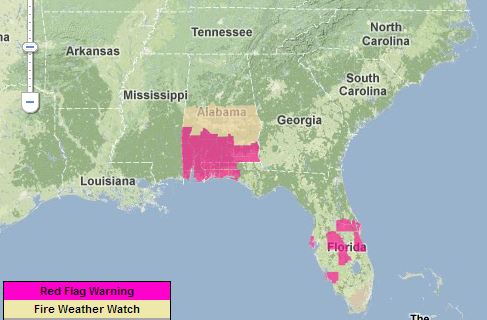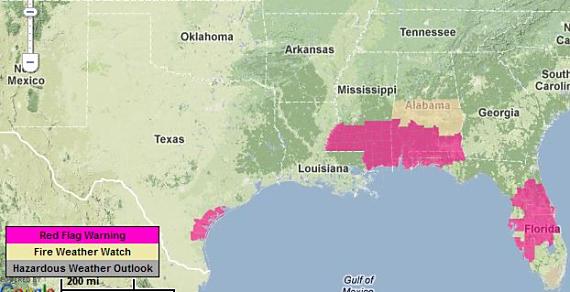The Predictive Services section at the National Interagency Fire Center has issued their Wildland Fire Potential Outlook for April through July, 2013.
Beginning in February of this year they changed their legend, unfortunately, so now, for me anyway, it is difficult to compare the tiny little boxes in the legend with the corresponding areas on the maps. Or perhaps it’s just the way my computer monitor renders colors. But check out the May map below, for example, and especially the legend codes for “Returning to Normal” and “Decreasing to Below Normal”. Maybe if they varied the direction of the cross-hatching and used colors that were not quite so similar it would help. This reminds me of a National Weather Service product that uses seven shades of light brown in their legend.
(UPDATE: April 2, 2013: I received a call from Ed Delgado, NIFC’s Predictive Services manager, who said he read the above, and agrees that the colors and/or legend needs to be improved. Next month’s report, he said, will be easier to interpret.)
Below is an excerpt from their report, followed by maps:
****
April
- Significant fire potential will increase over most of Florida as lingering drought keeps fuels dry.
- Most of the East and Gulf regions will have below normal significant fire potential as active storm patterns keep conditions wet and cool.
- Cool and wet conditions will keep southern Alaska significant fire potential below normal.
May
- Significant fire potential will remain above normal over most of Florida.
- Significant fire potential will increase across western Minnesota and western Iowa as wet and cool conditions return to normal.
- Drought conditions will increase significant fire potential to above normal over parts of New Mexico and Arizona.
June and July
- Significant fire potential will be above normal in mountains and foothills of southern California.
- Significant fire potential will increase to above normal over northern California and the Northwest.
- Significant fire potential will decrease to normal in Florida, Minnesota, Iowa, New Mexico and Arizona.













